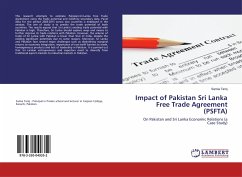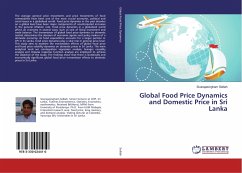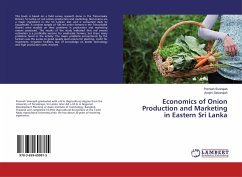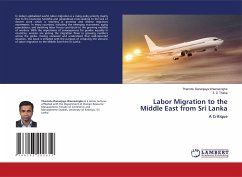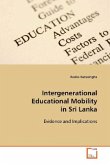This research attempts to estimate Pakistan-Sri Lanka Free Trade Agreement using the trade potential and CAGR by secondary data. Panel data for the period 2003-2015 across two countries is employed in the analysis. The aim of study is to predict the trade potential of both countries. The results expose that Sri Lanka's existing trade potential with Pakistan is high. Therefore, Sri Lanka should explore ways and means to further improve its trade relations with Pakistan. However, the volume of trade of Sri Lanka with Pakistan is lower than that of India, despite the existing significant potentials due to some reasons. Moreover, Sri Lanka and Pakistan face several major challenges such as diminishing marginal returns to economic integration, importance of non-tariff barriers to trade, homogeneous products and lack of leadership in Pakistan. It is pointed out that Sri Lankan entrepreneurs and exporters need to diversify from traditional export markets to industrial markets in Pakistan

